
Discover why mules, the hybrid of donkeys and horses, cannot reproduce despite being alive. Learn about their unique genetic makeup.

Discover the reasons behind species crossbreeding limitations due to genetic differences and reproductive mechanisms.

Explore the strength and endurance of mules compared to horses in this insightful video!

Explore the possibilities of species crossbreeding and learn why it's often rare and limited to closely related species.

Learn if donkeys and horses can mate and explore the traits of their hybrid offspring, mules and hinnies.
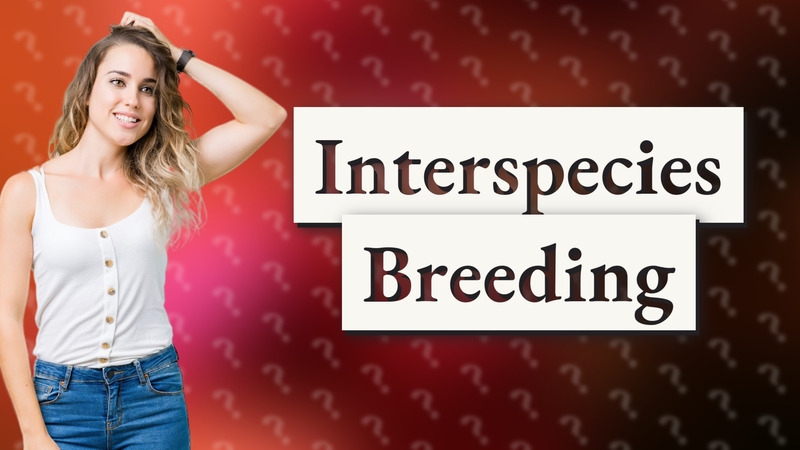
Explore why interspecies breeding often fails due to genetic incompatibility and the barriers to successful hybrid offspring.

Explore whether horses can interbreed with other animals and learn about mules and their sterility.
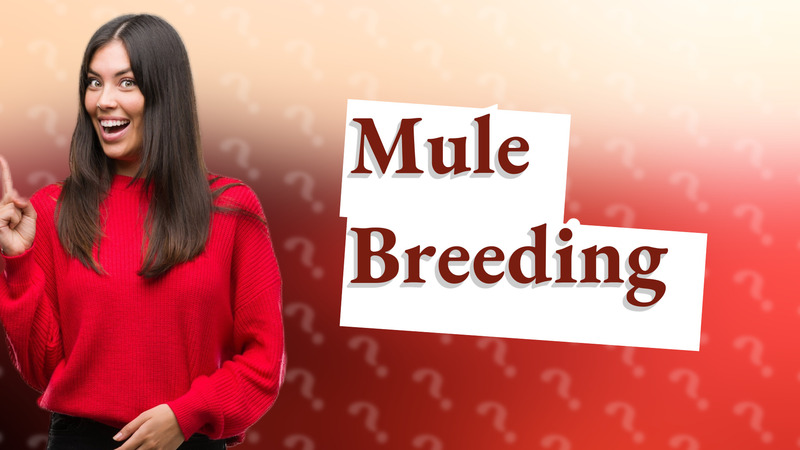
Discover if horses can breed with donkeys and learn about mules, their sterility, and more.

Discover why mules are sterile and cannot reproduce, along with facts about horse and donkey genetics.

Explore why mules display mating behaviors even though they are typically sterile hybrids.
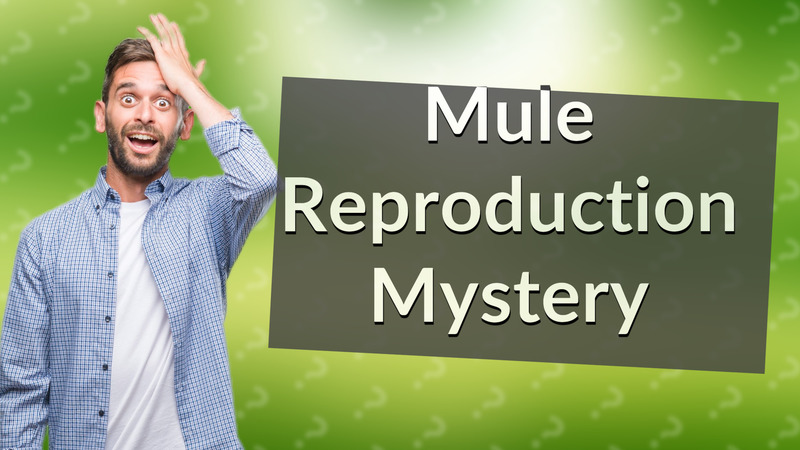
Discover why mules are sterile and learn about the genetic factors behind their inability to reproduce.

Discover which animals, like mules and ligers, are unable to reproduce due to biological and genetic factors.

Discover whether interspecies mating is possible and the factors affecting infertility in hybrid offspring.
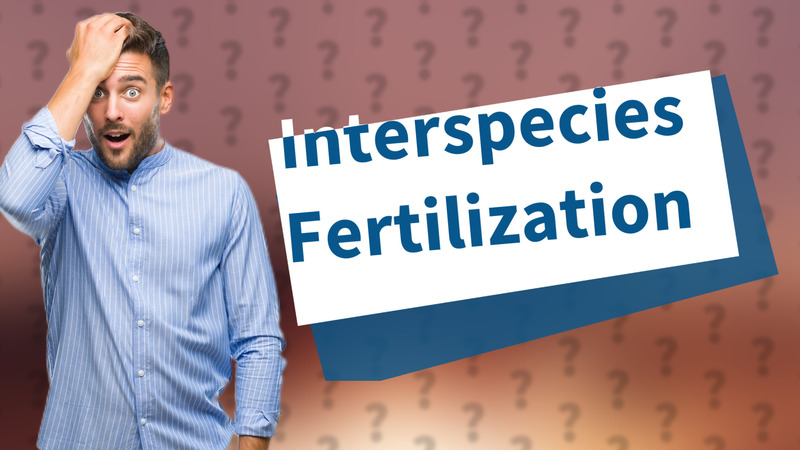
Discover the realities of interspecies fertilization, exploring genetic barriers and rare exceptions.

Learn if a donkey and a horse can have a baby. Find out the fascinating facts about mules and their unique characteristics.
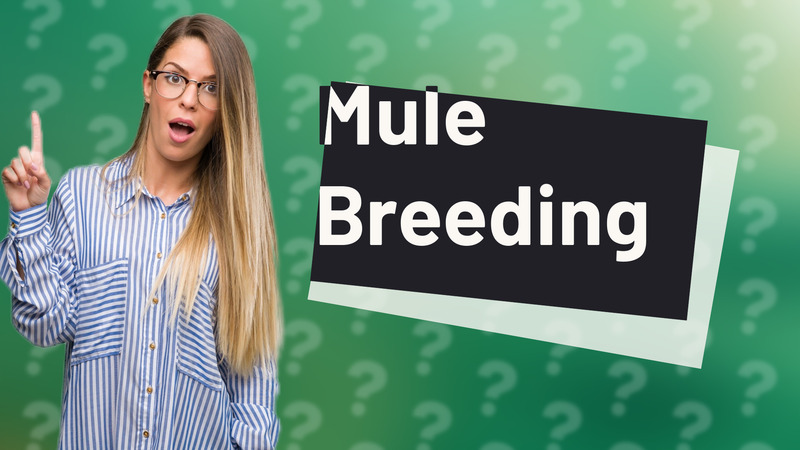
Discover how horses and donkeys can mate and the implications of breeding, including the creation of mules and their sterility.

Discover why mules, a hybrid of donkey and horse, are infertile due to chromosome mismatch.

Discover which hybrid animals can be fertile and learn about their breeding capabilities.

Discover how and when animals interbreed, including examples and genetic barriers in this informative video.

Learn about the complexities of interspecies breeding and why it’s often rare, focusing on genetic compatibility and ethical considerations.

Learn about the fascinating crossbreeding of horses with donkeys and zebras, producing mules and zebroids. Find out more here!

Discover if donkeys and horses can breed and learn about mules and hinnies in this informative Q&A.

Discover why mules, hybrids of donkeys and horses, are sterile and cannot reproduce due to their unique chromosome structure.